Forest Society Blog - News & Features
Search filters
Results

Forest Society Adds 370 acres to the Morse Preserve in Alton
The Forest Society has expanded the conserved landscape in the Belknap Range to 1,050 acres. The newly protected ridgeline and headwater forests—made possible with support from state and local conservation partners—will safeguard wildlife habitat, views, and local drinking water.
- Tags:
- Land Conservation,
- Wildlife,
- Clean Water

Forest Journal: These little owls are a big deal
Northern saw-whet owls are among New Hampshire’s tiniest — and most elusive — forest residents, but a recent visit to the Black Mountain Banding Station offered a rare chance to see these pint-sized nocturnal raptors up close. Through Project Owlnet, banders are helping uncover the mysteries of saw-whet migration, biology, and behavior, one adorable owl at a time.
- Tags:
- Forest Journal,
- Education,
- Wildlife

Something Wild: Listers, extreme birdwatching, and the "Big Year"
Extreme birder Gino Ellison joined Something Wild to share how his 2023 Big Year led him across 78,000 miles and to an incredible 802 bird species. He reflects on what drives dedicated “listers” and why anyone can try their own Big Year—right in their backyard.
- Tags:
- Something Wild,
- Wildlife,
- Education
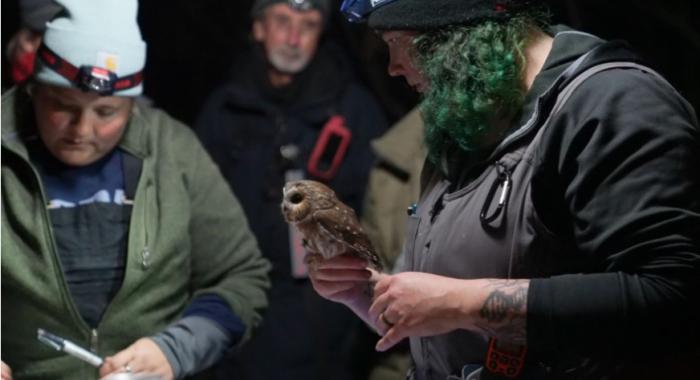
Something Wild: Up close with NH's tiniest — and cutest — owl
The Something Wild team visited Black Mountain Forest to see northern saw-whet owls up close. On a record night at the banding station, 15 owls were banded and released, helping researchers track these tiny, elusive nocturnal hunters.
- Tags:
- Education,
- Something Wild,
- Wildlife
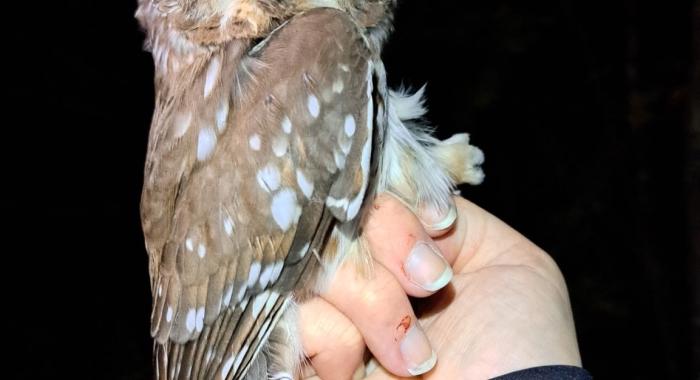
Tiny Owls, Big Night at Black Mountain
A record night for the Black Mountain Banding Station! Fifteen Northern Saw-whet Owls were banded and released during a recent field trip, offering participants a rare look at this small, fierce nocturnal predator and the research that helps uncover its migration mysteries.
- Tags:
- Wildlife,
- Land Conservation
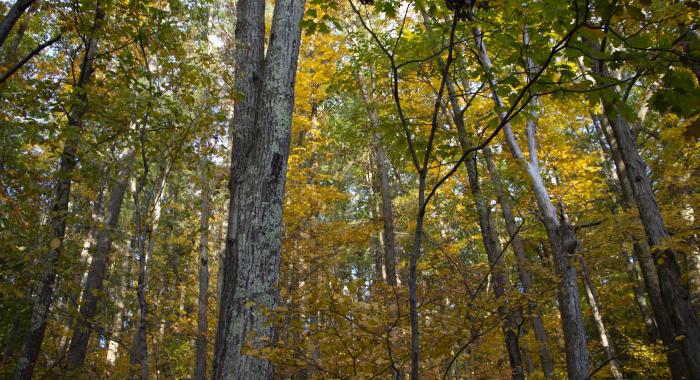
Improving Access at the Merrimack River Floodplain Trail
The Forest Society is improving accessibility at the Merrimack River floodplain in Concord! A section of the Les Clark Nature Trail will be upgraded this fall to better accommodate visitors using wheelchairs, strollers, and other mobility devices. The trail will be closed beginning October 15 for construction. Read the full FAQ for details on the project and what to expect.
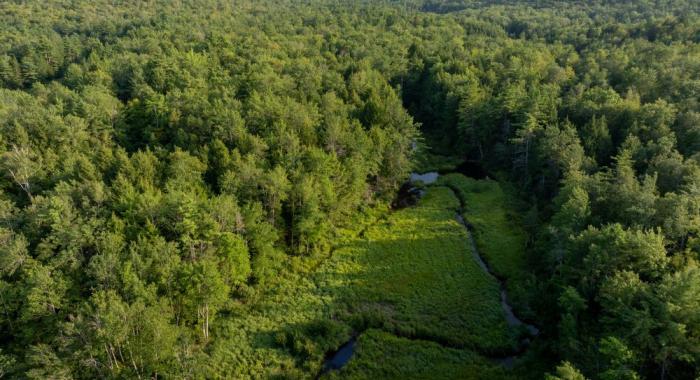
Forest Society Purchases 1,328-acre Property in Bradford and Hillsborough
The new Rydstrom Family Forest in Bradford and Hillsborough secures critical wildlife habitat, wetlands, and forest corridors while linking more than 3,500 acres of nearby conserved lands. This conservation success, achieved with the support of local partners and the Rydstrom family, honors Lorin Rydstrom’s lifelong commitment to forests and stewardship
- Tags:
- Land Conservation,
- Wildlife
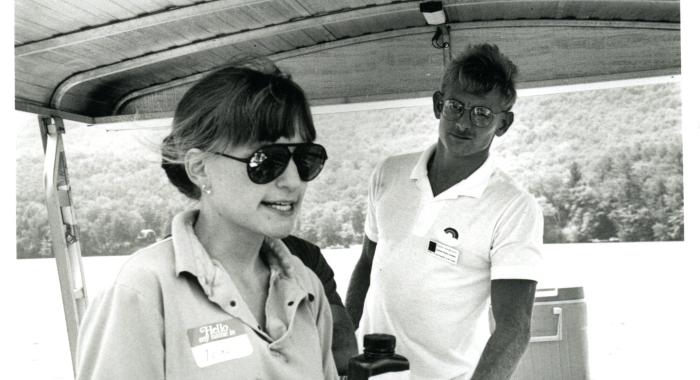
Rooted in the Forest: 35 Years of Conservation with Dave Anderson
In honor of his 35th year with the Forest Society, longtime educator and naturalist Dave Anderson shares reflections on the forests that shaped him, the people who inspired him, and the enduring work of land conservation. From cherished landscapes to shifting climates, Dave’s perspective offers both wisdom and hope for the future. Read the full interview for a look at what keeps him going—and why he believes our relationship with the land matters more than ever
- Tags:
- Wildlife,
- Land Conservation,
- Land Stewards
